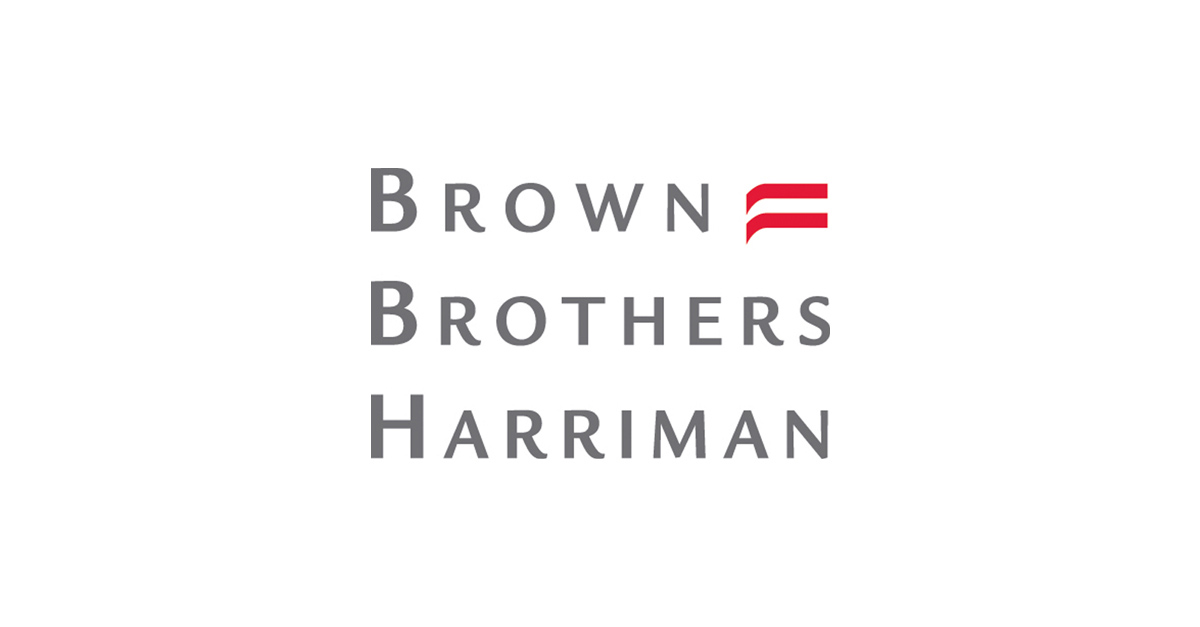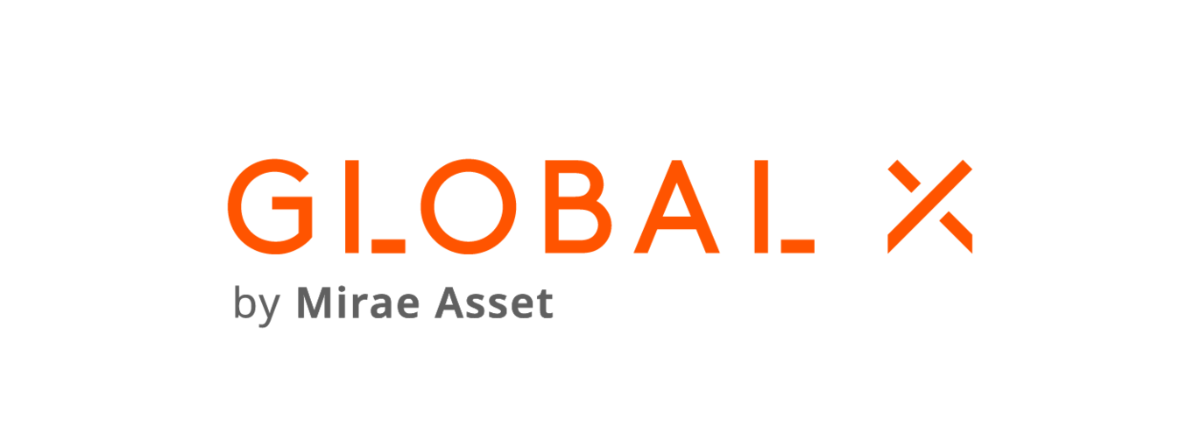Even after a slew of product launches and assets in thematic ETFs quadrupling over the last three years, there are still several investment stories not addressed in the European market.
Around a decade-and-a-half after its thematic ETF journey began, Europe is still playing catch-up with the US – as illustrated by the likes of Global X and Roundhill Investments repurposing their ‘40-Act’ products in UCITS form in recent months.
However, issuers are hardly laggards with 122 thematic ETF launches since the start of 2018, according to data from Bloomberg Intelligence. The following are just a few suggestions for themes the European market may see targeted in the coming months and years.
The nuclear question
Discussions around the role of nuclear energy in the energy transition have returned to the fore in recent months as the European Commission chose to add the energy source to its taxonomy of sustainable industries, as part of the Complementary Climate Delegated Act.
The move is significant if controversial – yet ETF investors in Europe currently lack any means of gaining targeted exposure to the industry.
In the US, a series of uranium miner equity ETFs have returned between 44% and 52% over the past year, according to data from ETFLogic.
While gaining a more modest 8.7% over the same period, the VanEck Uranium+Nuclear Energy ETF (NLR) is probably the most representative of the entire nuclear value chain, capturing companies involved in uranium mining, the construction and maintenance of nuclear reactors and power facilities, energy production from nuclear sources and those supplying equipment and services to the nuclear sector.
Previously, Europe had the ETFS WNA Global Nuclear Energy GO UCITS ETF (ETLN), which addressed companies engaging in nuclear reactors, utilities, services, tech and fuel, but this closed years ago alongside the ETFS DAXglobal Shipping GO UCITS ETF (SHIP).
However, it would not be a surprise to see nuclear thematics make a dramatic comeback in Europe as other regulators grapple with sustainability issues and the role of nuclear in decarbonising economies.
Sin stocks
Going in the other direction is the possibility of ETFs that invest in companies which are underweighted or rejected by environmental, social and governance-minded (ESG) investors.
One potential benefit of this approach could be outsized returns. While institutional investors and their clients are crowding into companies with stronger performance on ESG metrics – often larger companies from particular sectors – ESG underperformers with stronger correlations to value and size factors find themselves trading at discounts.
Controversial hedge fund manager Crispin Odey accused green institutional investors of “leaving fantastic returns on the table” in an interview with the Financial Times.
Supporting this, Bloomberg Intelligence senior ETF analyst Eric Balchunas said a ‘bad egg index’ made up of the 20 stocks in the S&P 100 with the worst Sustainalytics ESG ratings returned 192.6% between 2013 and 2019 – versus 152.1% for the SPDR S&P 500 ETF Trust (SPY) and 142.5% for the iShares MSCI USA ESG Select ETF (SUSA).
Another plus is unlike ESG indices, an ESG rejects ETF would allow investors to engage in the companies most in-need of improvement.
Valerie Grant, senior vice president and senior portfolio manager, equities, at Alliance Bernstein, commented: “Identifying companies that are on track to yield positive outcomes for both investors and society. Investors can play an important role in motivating these companies to change through active engagement, proxy voting and other tools available to active managers.”
Social media
Taking another leaf out of the US ETF book, Europe could look to internet sources to build baskets of securities based on public attitudes.
Last year, the VanEck Social Sentiment ETF (BUZZ) launched to track the performance of stocks exhibiting positive investor sentiment based on the content of social media, news articles, blogs and more.
Similarly, the Roundhill Meme ETF (MEME) performs bi-weekly rebalances to capture the performance of companies exhibiting a combination of elevated social media activity and high short interest.
The idea of using internet sources as a gauge of sentiment may have some limitations, given peaks in public attention and hype can often precede drawdowns. However, the volume and tone of web messaging in the media and on social platforms could offer a valuable, real-time way of gauging company reputations – which is an important risk factor to consider.
Furthermore, web sources can be used to measure momentum not only in companies but in underlying products.
For instance, a videogaming thematic exposure might look at in-console, in-store, Steam workshop, App Store and Play Store sales of different games and use this as a proxy for the momentum of the videogame companies that create and own them.
UN SDGs
Expanding on an the already well-cultivated range of sustainable megatrend ETFs in Europe, one avenue for creating a multi-theme sustainable ETF could be to address all 17 of the United Nations Sustainable Development Goals.
Such a product might cover equities addressing clean energy, food security, clean water, the circular and blue economies, companies performing well on gender and equality metrics and other assets such as green bonds and development bank sustainable bonds.
Equivalent strategies already exist in the US, such as the iShares MSCI Global Sustainable Development Goals ETF (SDG), which captures companies deriving “a majority of their revenue” from activities addressing an SDG from across health care, consumer staples, real estate, industrials, materials, information technology, utilities and consumer discretionary sectors.
The recent Brown Brothers Harriman (BBH) survey of ETF investors also found the EU’s Sustainable Finance Disclosure Regulation (SFDR) is already European investors’ most important tool for evaluating ESG ETFs – illustrating the importance of using recognised authorities to demonstrate ESG credentials.
Using SDGs may have a similar effect by increasing the credibility of investors’ ESG thematic allocations.
Future defence
Finally, in keeping with the spirit of thematic ETF issuance capitalising on hot discussions, an outside-of-the-box thematic play could be a futuristic take on a traditional defence sector play.
Russia’s ongoing incursion into Ukraine has underlined not only the importance of traditional munitions but also the increasing element of offensive action taken in the cybersecurity space.
In the US, this fact is already addressed in the ETF space with products such as the SPDR Kensho Future Security ETF (FITE) which captures different Kensho subtheme indices such as cybersecurity, smart borders and the military components of its robotics, drones, space, wearables and virtual reality benchmarks.
Take some of these conflict-relevant tech elements and blend them with traditional aerospace and defence exposures and the result will be a holistic view of modern warfare – albeit with very different risk and return characteristics to a traditional defence sector play.
This article first appeared in ETF Insider, ETF Stream's monthly ETF magazine for professional investors in Europe. To access the full issue, click here.
Related articles












